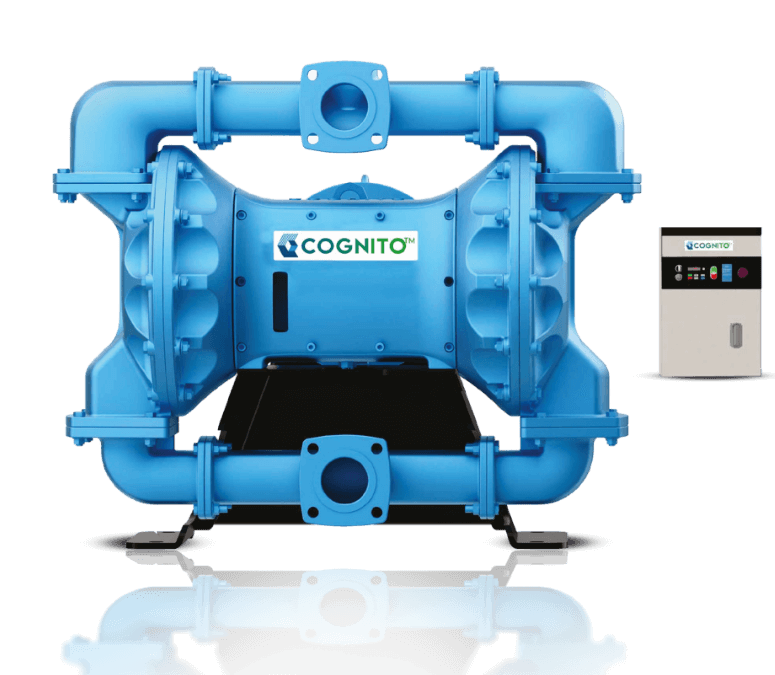How to Choose the Right Diaphragm Metering Pump for Your Needs
 |
| How to Choose the Right Diaphragm Metering Pump for Your Needs |
Metering pumps are important to the upstream oil and gas industry as they are responsible for precisely injecting flow assurance chemicals like methanol, monoethylene glycol, and corrosion inhibitors into wells. If the delivery of these vital chemicals falters, well production can grind to a halt. While metering pumps might look like small components on an upstream platform, make no mistake: they are essential. To give you an analogy, their role is as important as that of a rivet on an aeroplane wing—if they fail, the entire operation is at risk. Therefore, choosing the right chemical metering pump is crucial.
Since a variety of pumps are available in the
market, one must research and consider all important factors before the final
selection. Read on to learn more about these factors.
Flow rate – First and
foremost, it is crucial that the pump delivers an adequate flow rate, meaning
it should be correctly sized for the application. It is best if the maximum
desired flow rate utilises about 85% of the pump's actual maximum capacity,
while the minimum should not go below 10% of that capacity. It is important to
note that, unlike other pumps, a chemical dosing pump does not have
to be big. It should never be oversized and must feature a pump capacity that
is suited to the site's water treatment professional, taking into account local
conditions, system size, and usage.
The nature of chemical/concentration
– This factor is equally important before considering the right diaphragm
pump because different construction materials are compatible with specific
chemicals, which affects the pump's wet end. The concentration of the chemical
determines if the material (the pump is made of) will perform well or not. For
example, materials that perform well at lower concentrations may not be
suitable at higher concentrations.
Chemical output – A pump
operating at about 70%-80% of its total capacity under normal conditions is
ideal to ensure accurate chemical delivery and proper priming. If you have an
application that requires a wide range of outputs, you may want to consider
pumps with adjustable motor speeds. It is also important to understand the
characteristics such as corrosion/scale inhibitors, algaecides, biocides, and
pH adjusters of chemicals so that the pump made of compatible material can be
selected. If this sounds exhausting to you, worry not. Manufacturers provide
compatibility charts to guide material selection, especially for chemicals that
produce gas when agitated, which informs the choice between different pump
types for water treatment chemical injection.
Line pressure - This is a
crucial consideration because pumps have a maximum discharge pressure rating,
which means that if the line pressure exceeds this rating, the pump will not
inject the chemical effectively. And in case the pump is rated for a much
higher discharge pressure, there is a risk of overfeeding the chemical.
Mode of Control – There are
three common control modes: manual, digital pulse, and analog input. Manual
Control is a straightforward method involving manually adjusting the stroke
length and frequency to achieve the desired flow rate. Then, there is the
Digital Pulse Control, which uses discrete contact or optical signals that the
control module reads and converts into strokes per minute. Several chemical
pumps feature multipliers and dividers for these signals, which enable a
certain degree of flexibility in the output adjustment range. There is also the
Analog Control where, by using a 4-20 milliamp signal, the mode adjusts stroke
frequency in a linear fashion according to the output of a device like a
flowmeter or controller. For example, with a pH controller, a pH of 7
corresponds to 4 mA, while pH 9 equals 20 mA. If the pump operates at 0-360
strokes per minute, a pH of 8 (which is the midpoint, or 12 mA) will result in
the pump running at 180 strokes per minute.
Location of the pump -
Most chemical metering pumps are usually designed to operate in
standard, factory-like conditions. While they can perform under direct
sunlight, high temperatures, or rain to some extent, eventually, they give up.
To ensure the pumps work for a long time, it is advisable to cover them. At the
same time, it is important to ensure the pumps have environmental resistance
ratings, such as IP (Ingress Protection) or NEMA (National Electrical
Manufacturers Association). These ratings indicate how well the pumps can
handle various conditions. For example, a pump with an IP 67 rating is highly
resistant to water ingress and can endure hose-downs and temporary submersion.
Pulsafeeder Metering Pumps
Pulsafeeder pumps are extensively used in the
Bakken shale region of the USA and across the Middle East to deliver flow
assurance chemicals. In onshore environments, the pressure requirements are
significantly lower than that of offshore, with 250 Bar typically being
sufficient.
Shale production demands large volumes of
water, which must be treated before use and disposal. Pulsafeeder metering
pumps can work well with large volumes of water. The hydraulic diaphragm metering pumps
are used for treating process water at well sites and injecting scale
inhibitors to safeguard equipment and pipeline infrastructure.
Compliance with API 675 standards and
government regulations ensures that Pulsafeeder pumps are built for safe
operations and a long lifespan.
To know more about Pulsafeeder metering pumps,
click here: https://pulsafeeder.com/industries/oil-and-gas/



Comments
Post a Comment